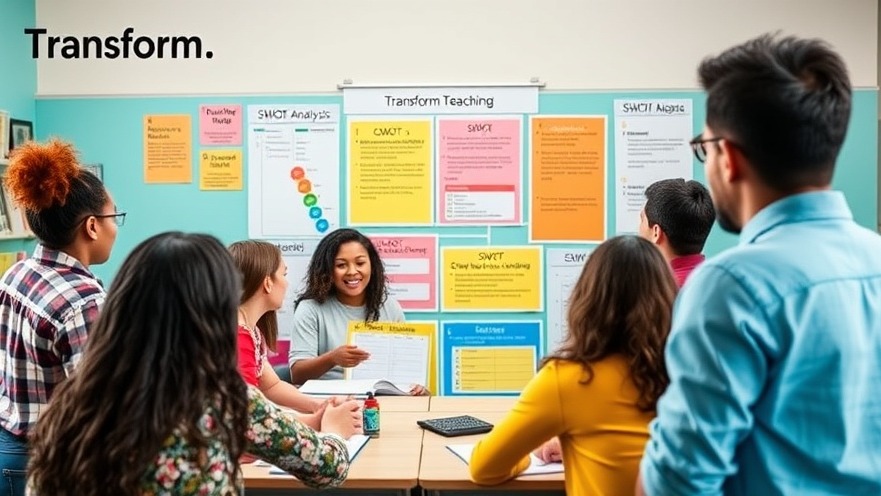
Bridging the Digital Divide: A Call for Action
In a city celebrated for its technological innovation, classrooms are revealing a startling disparity: students are increasingly diplaced when it comes to basic digital literacy skills. Rachel Herrera, a physics teacher from San Francisco, observes that despite the school's access to technology and internet resources, many students are still ill-equipped to thrive in the digital landscape.
As schools continue to prioritize digital literacy, particularly in a post-pandemic landscape, it is crucial to address why certain demographics—particularly Black, Latino, and immigrant students—are disproportionately affected by this gap. Schools like Herrera’s, located in the historic Mission District, can sometimes overlook these inequalities that further entrench existing educational disparities.
Historical Context of Digital Disparity in Education
The digital divide has long been a conversation around access to technology; however, its implications ripple through various layers of society, perpetuating cycles of disadvantage. New insights reveal that access alone does not suffice; digital literacy must also be emphasized. As defined in the context of educational equity, digital literacy encompasses not only the ability to use devices, but also the critical skills necessary to navigate online learning spaces effectively.
Outreach International highlights the necessity of bridging this divide globally, especially in marginalized communities which are often subjected to systemic barriers in accessing education. Schools in affluent areas can provide extensive resources, leading to higher rates of academic success, contrasting sharply with those in under-resourced districts. This underlies the urgency for policymakers and schools alike to take substantial actions to level the playing field.
Importance of Digital Literacy in Today’s Classrooms
The role of digital literacy in education is more crucial than ever. In conversations surrounding digital equity, teachers must cope with balancing technology education with curriculum requirements. Herrera describes how her students’ struggles to navigate basic Chromebook functions can overshadow critical learning in physics. Each lesson is a tightrope walk between instructing on scientific principles and building essential tech skills.
Addressing this challenge means recognizing that a lack of foundational digital skills can inhibit students’ academic growth, often leading them to disengage entirely from their learning environments, significantly impacting their future career trajectories. This problem not only limits job prospects but can stifle the innate potential within individuals, affecting broader socio-economic structures.
Future Trends: The Need for Inclusive Digital Strategies
As we anticipate the future of education, a collective effort is fundamental. Schools, families, and the tech industry must collaborate to design accessible and effective educational strategies. This includes integrating digital literacy into the core curriculum as well as leveraging community-led initiatives, akin to those promoted by Outreach International, to ensure that resources reach those most in need.
Moreover, providing subsidies for families to access better technology or internet services can democratize opportunities for students from low-income backgrounds that are otherwise left behind. Digital equity must be sustained beyond mere access to devices; it requires comprehensive support system that ensures all students can thrive.
Conclusion: Taking Action For Equal Educational Opportunities
If we truly aspire to close the digital divide, it necessitates actionable commitments from educational institutions and stakeholders. Schools aiming for a future where every student has equal access to digital tools and the right skills need to advocate for policies that integrate technology education comprehensively.
As we reflect on the past and look towards a more equitable future, it remains imperative to support efforts that uplift marginalized voices. Only by investing in the education of all students can we harness the full potential of our society in this increasingly digital world.
 Add Row
Add Row  Add
Add 




 Add Row
Add Row  Add
Add 

Write A Comment